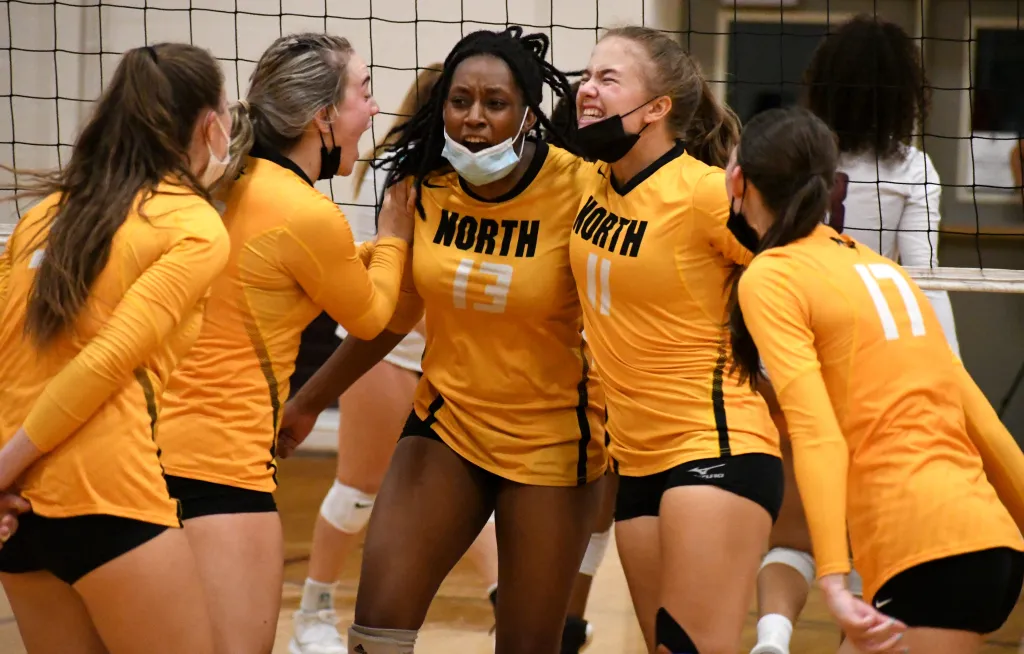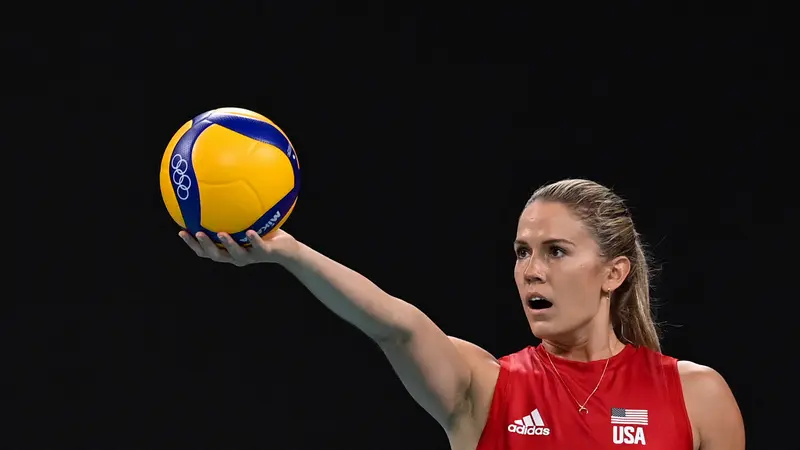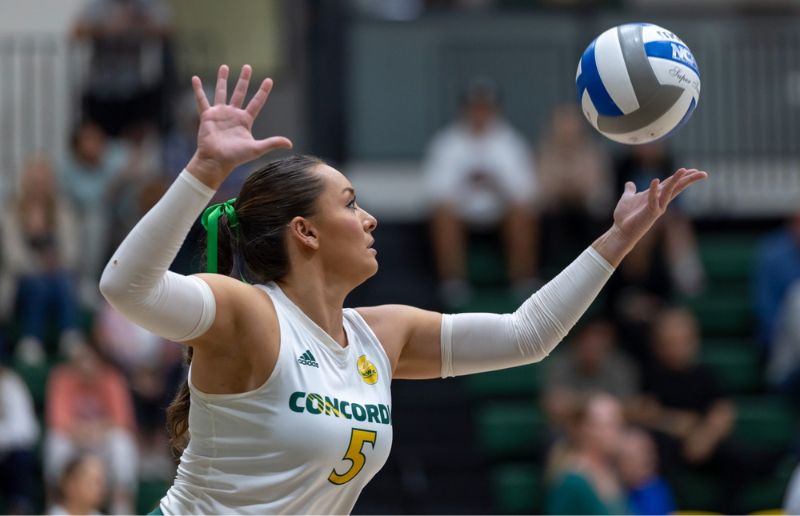Modern volleyball demands more than just skill and strategy. It requires a finely tuned body, optimized for agility, power, and endurance. For young female volleyball players, achieving peak performance involves a combination of motor preparation, specific body build, and optimal body composition.
Understanding how these factors evolve over time is crucial for coaches and athletes alike. In this study, we delve into the changes in body composition and motor skills of young female volleyball players throughout an annual training cycle.
Objectives
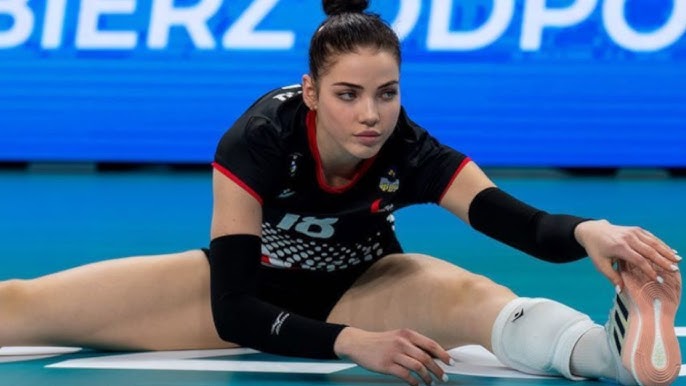
The primary objective of this study was to track the changes in body build, body composition, and motor skills among young female volleyball players over the course of an annual training cycle. By doing so, we aimed to provide insights into how these athletes develop and adapt physically to the demands of their sport.
See also: Understanding the Physique of Young Female Volleyball Players
Methods

Our research group consisted of 36 female athletes aged 14–16 years. Utilizing a longitudinal study design, we monitored these athletes throughout an entire season.
Body composition was assessed using bioelectrical impedance analysis, while motor fitness was evaluated through a series of tests including vertical jumping tests, standing long jump, and a 2 kg medicine ball throw.
See also: The Most Beautiful Croatian Volleyball Players
Measurements were conducted at various points in the training cycle, including the beginning and end of the preparatory period, the middle and end of the start period, and during transition periods.
See also: 10 Hottest German Women Volleyball Players
Results

The study revealed significant changes in both body composition and motor fitness levels over the annual training cycle. These changes varied across different periods of the macrocycle.
The most notable alterations occurred following the preparatory period, where increases in fat-free mass, total water content, and cell mass were observed. Additionally, a significant reduction in fat content was noted during this phase.
Conclusions

Systematic monitoring of morpho-functional changes in young female volleyball players over extended periods provides valuable insights into their physical development.
By understanding how body composition and motor skills evolve throughout the training cycle, coaches can tailor their programs to optimize performance and minimize injury risk.
Ultimately, this approach empowers athletes to maintain their optimal fitness level, enhancing their ability to excel on the volleyball court.

What methods are commonly used to track body composition in young female volleyball players?
Body composition in young female volleyball players is often tracked through various methods including skinfold measurements, bioelectrical impedance analysis (BIA), dual-energy X-ray absorptiometry (DXA), and anthropometric measurements such as height, weight, and body circumferences.
These techniques help coaches and trainers monitor changes in muscle mass, fat mass, and overall body composition over time.

How are motor skills assessed and monitored in young female volleyball players?
Motor skills in young female volleyball players are typically assessed through a combination of qualitative observation and quantitative tests. Coaches and trainers evaluate fundamental skills such as serving, passing, setting, spiking, and blocking, looking for improvements in technique, accuracy, and speed.
Additionally, standardized tests such as agility drills, vertical jump tests, and shuttle runs may be used to quantify players’ agility, power, and speed.
Why is tracking body composition and motor skills important for young female volleyball players?
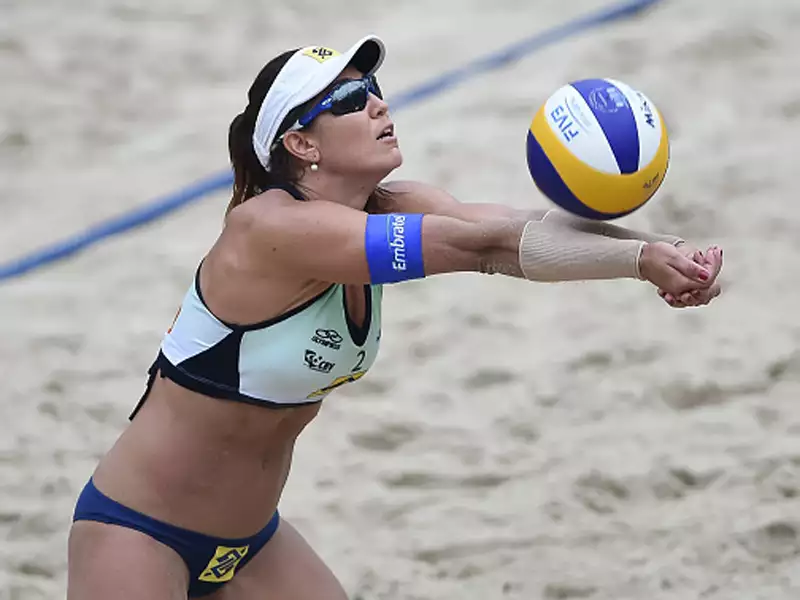
Tracking body composition and motor skills in young female volleyball players is crucial for several reasons. Firstly, it helps coaches and trainers design personalized training programs tailored to each player’s specific needs and goals.
By monitoring changes in body composition, trainers can adjust nutrition and exercise plans to optimize performance and prevent injuries. Similarly, assessing motor skills allows coaches to identify strengths and weaknesses in players’ technique and athleticism, enabling targeted skill development and improvement.
Ultimately, tracking these factors contributes to the overall development and success of young female volleyball players both on and off the court.
